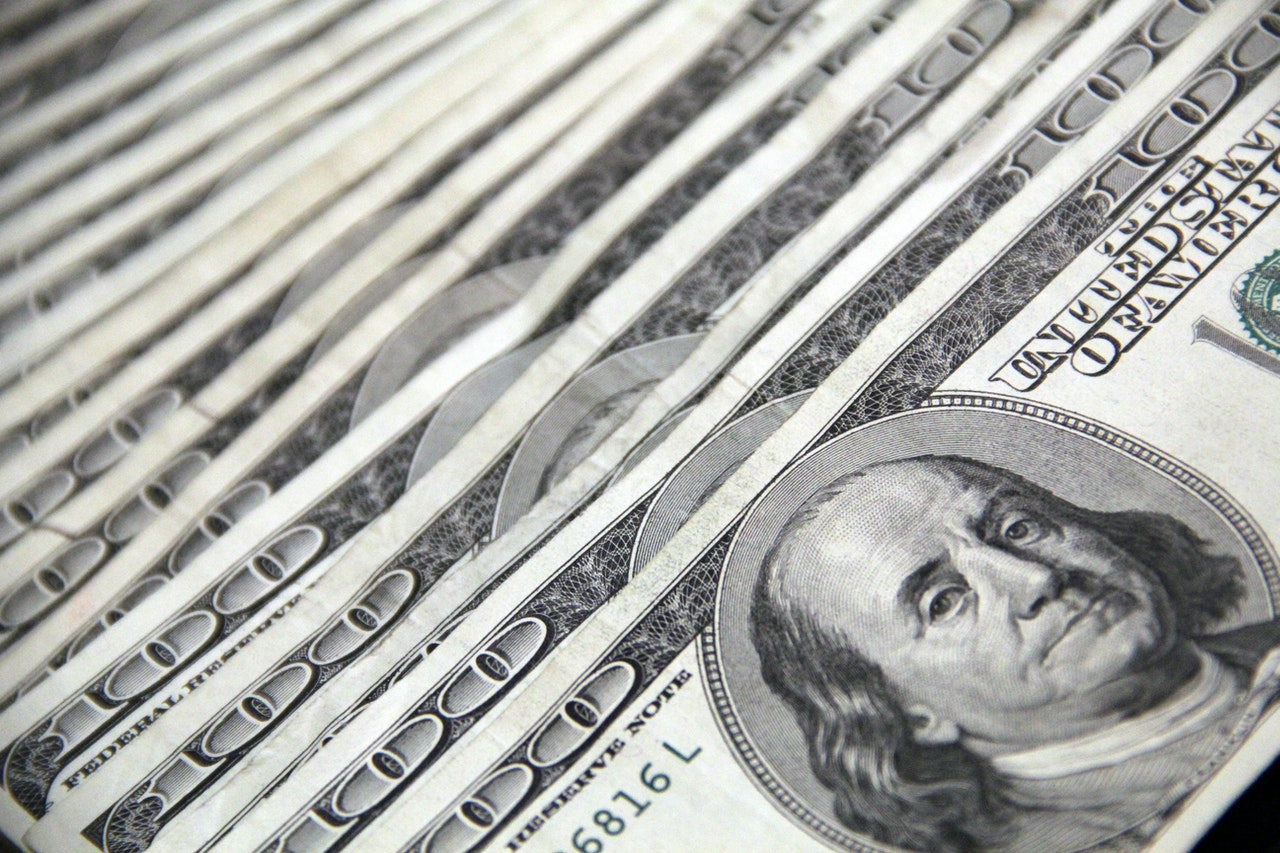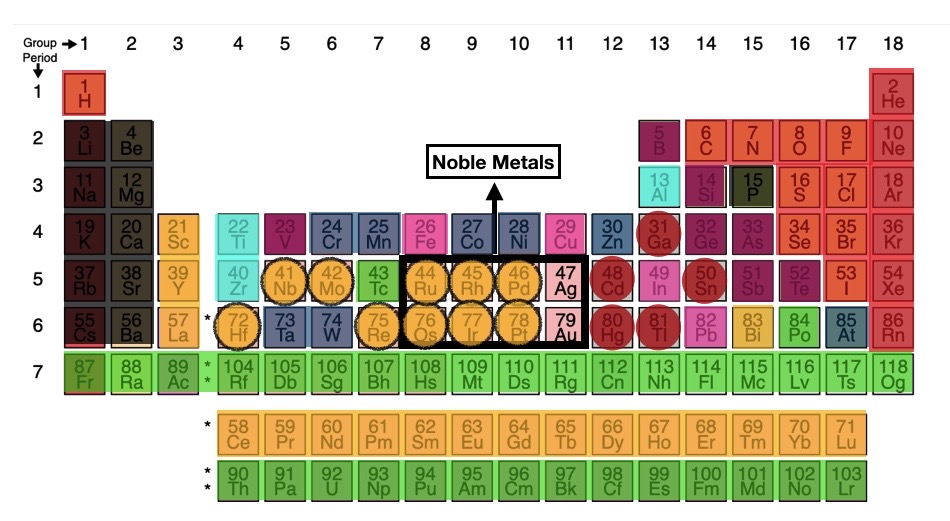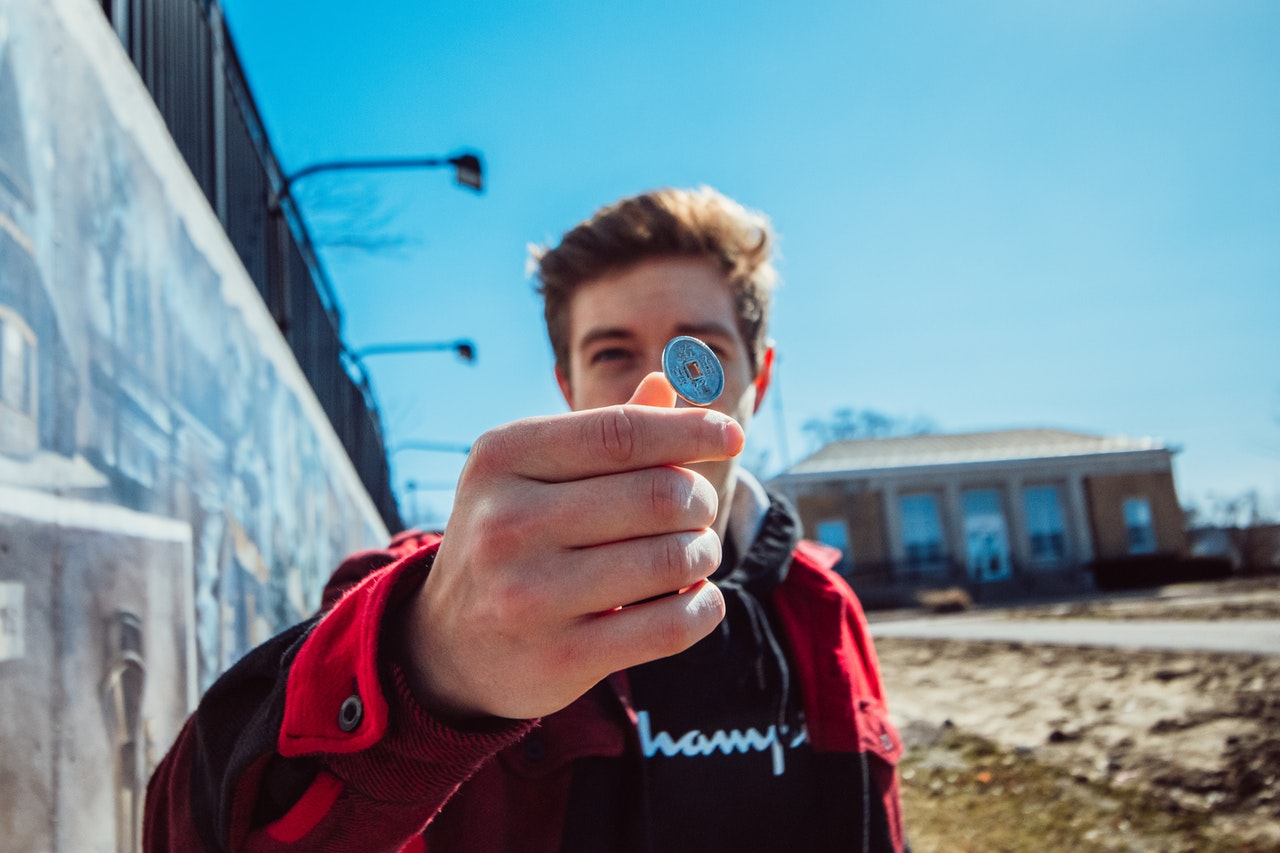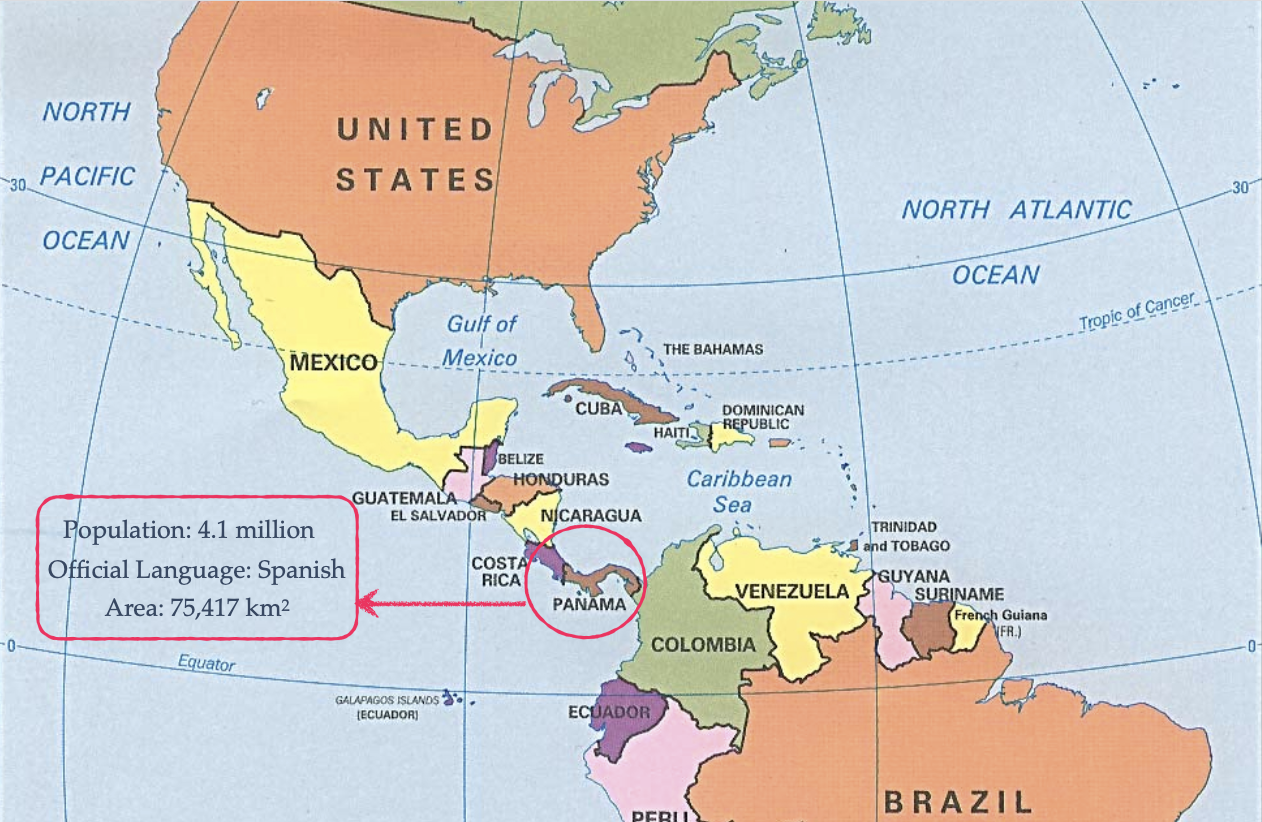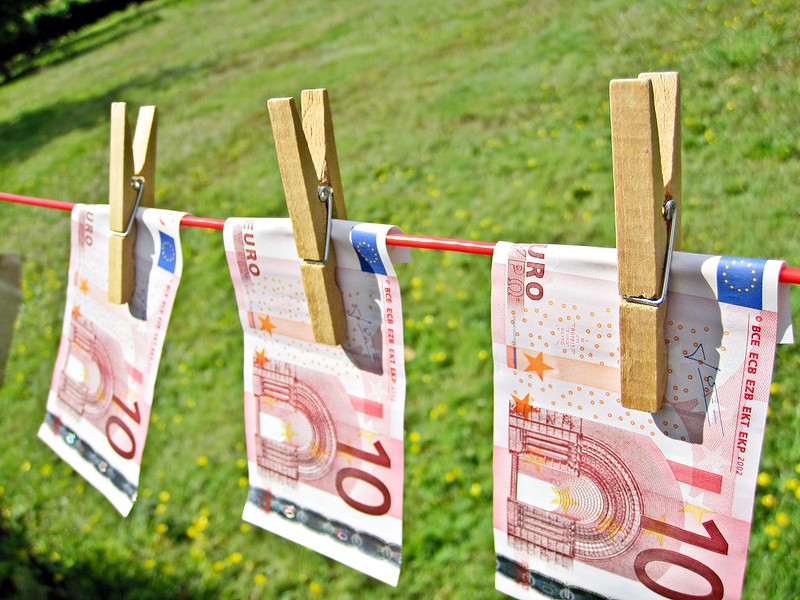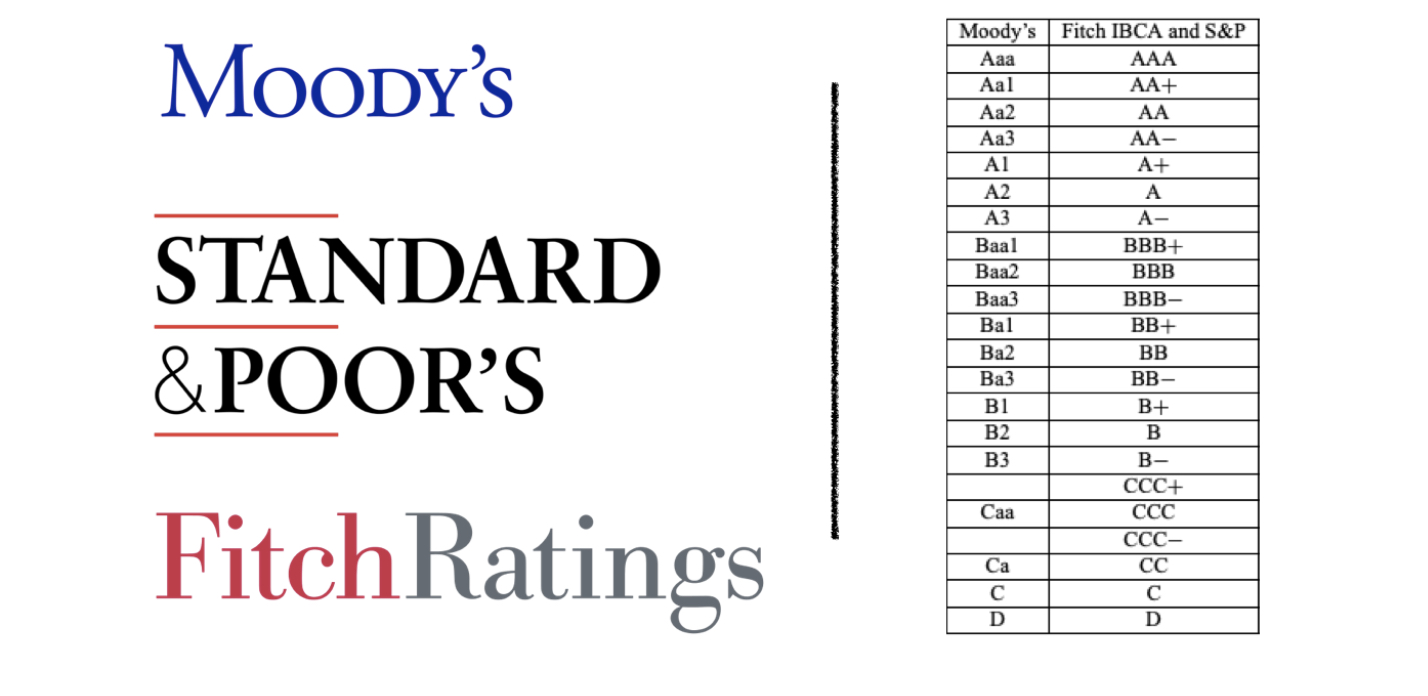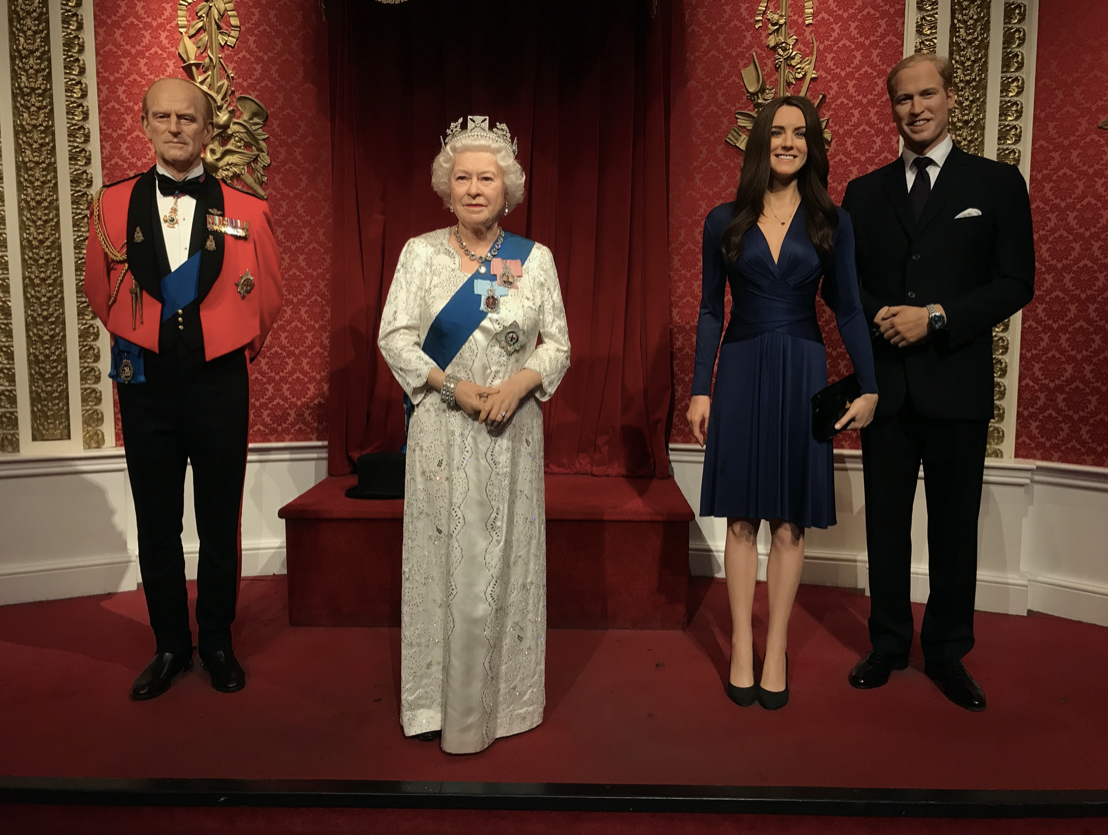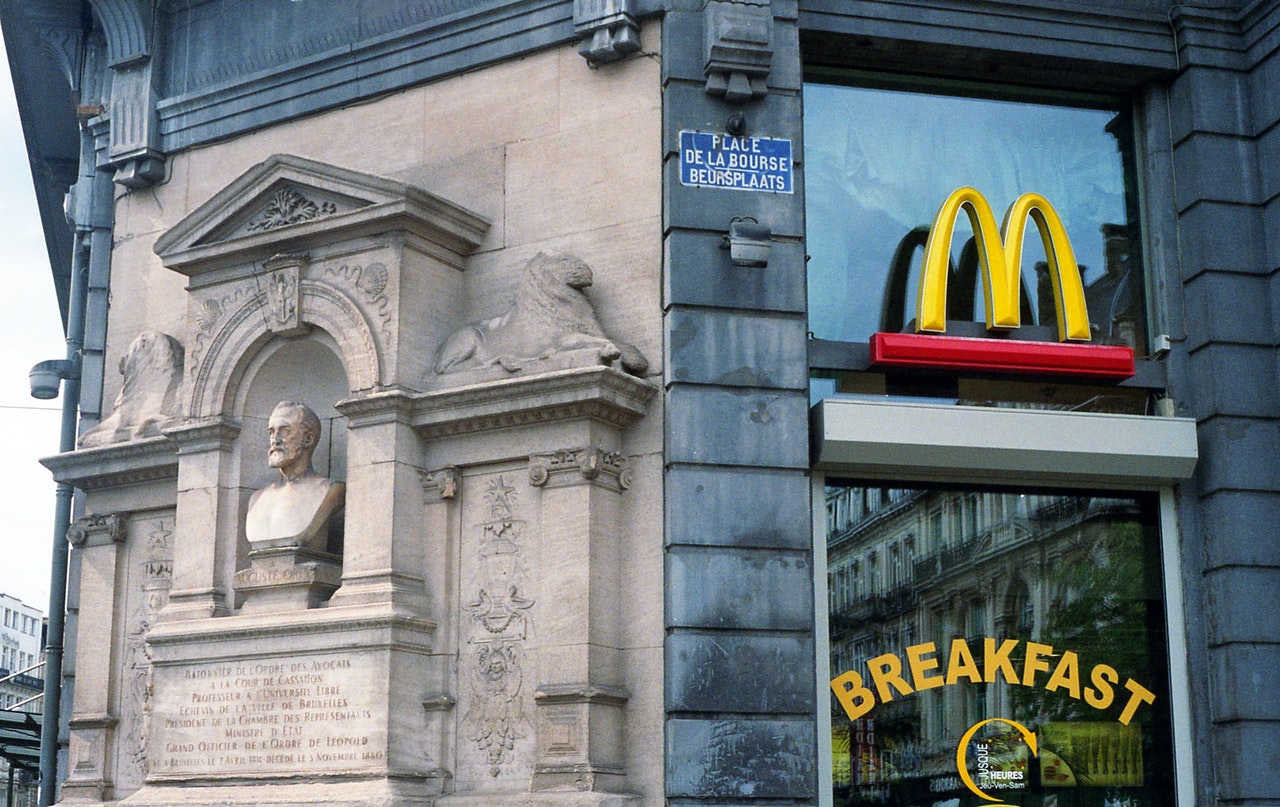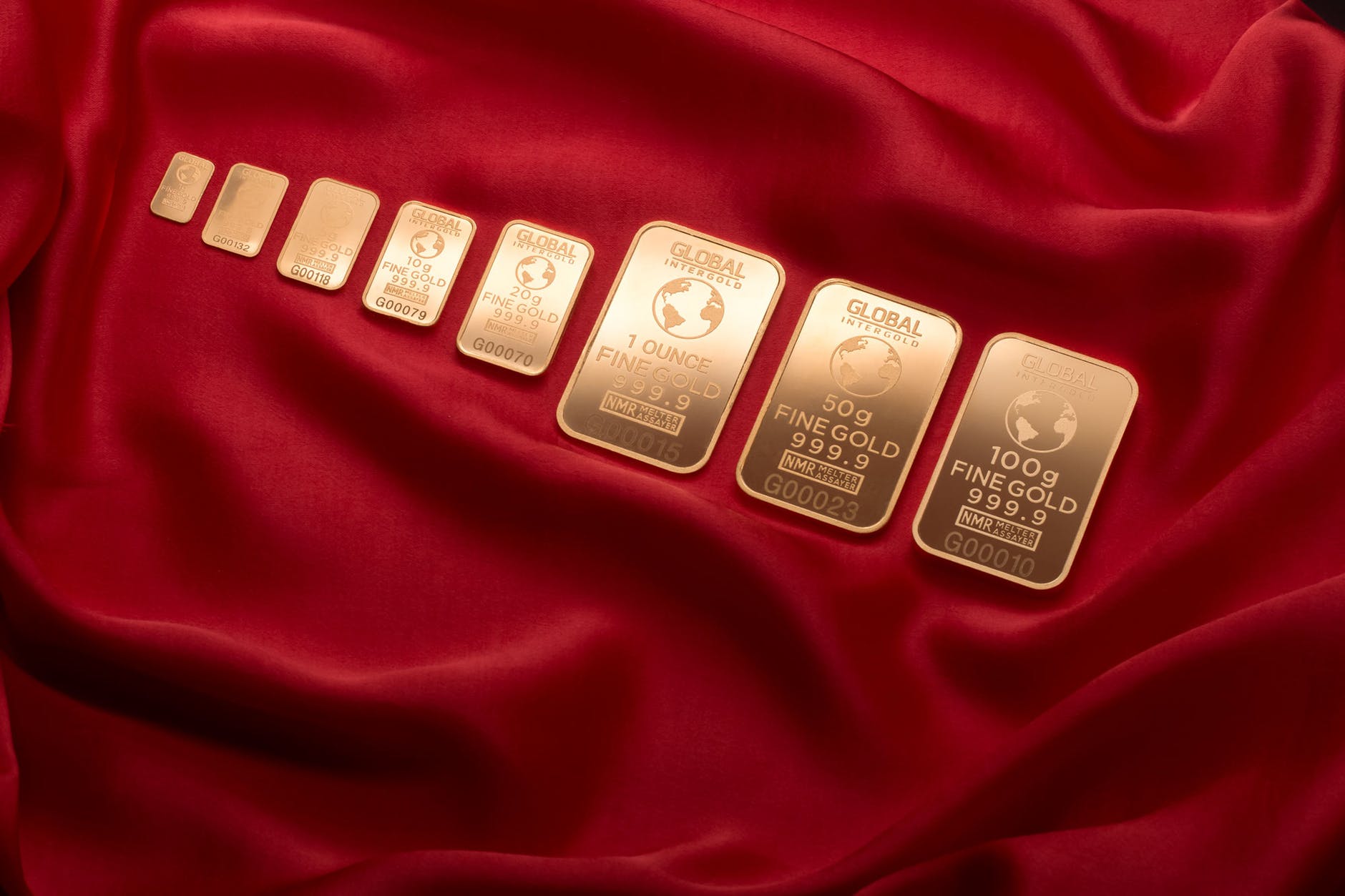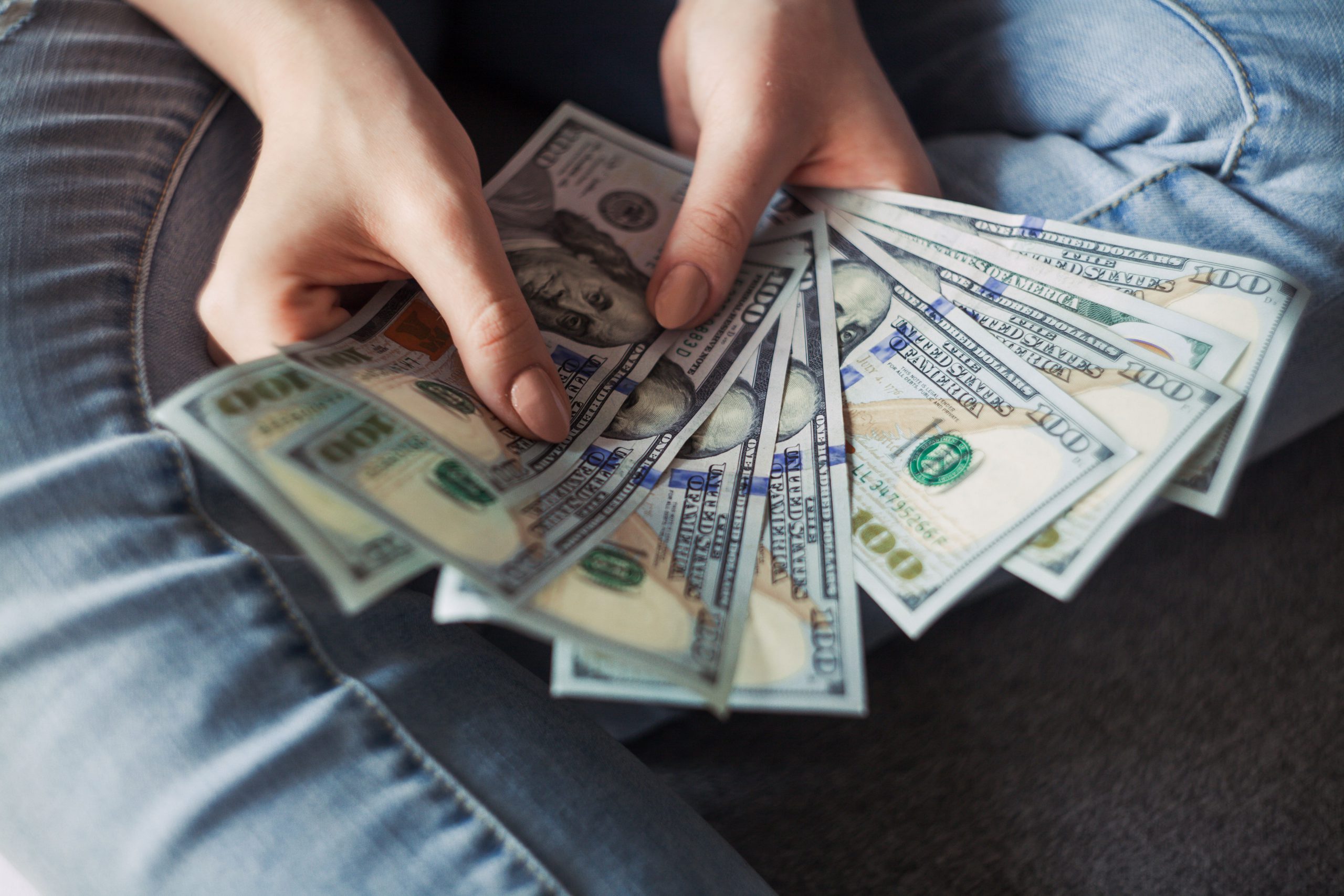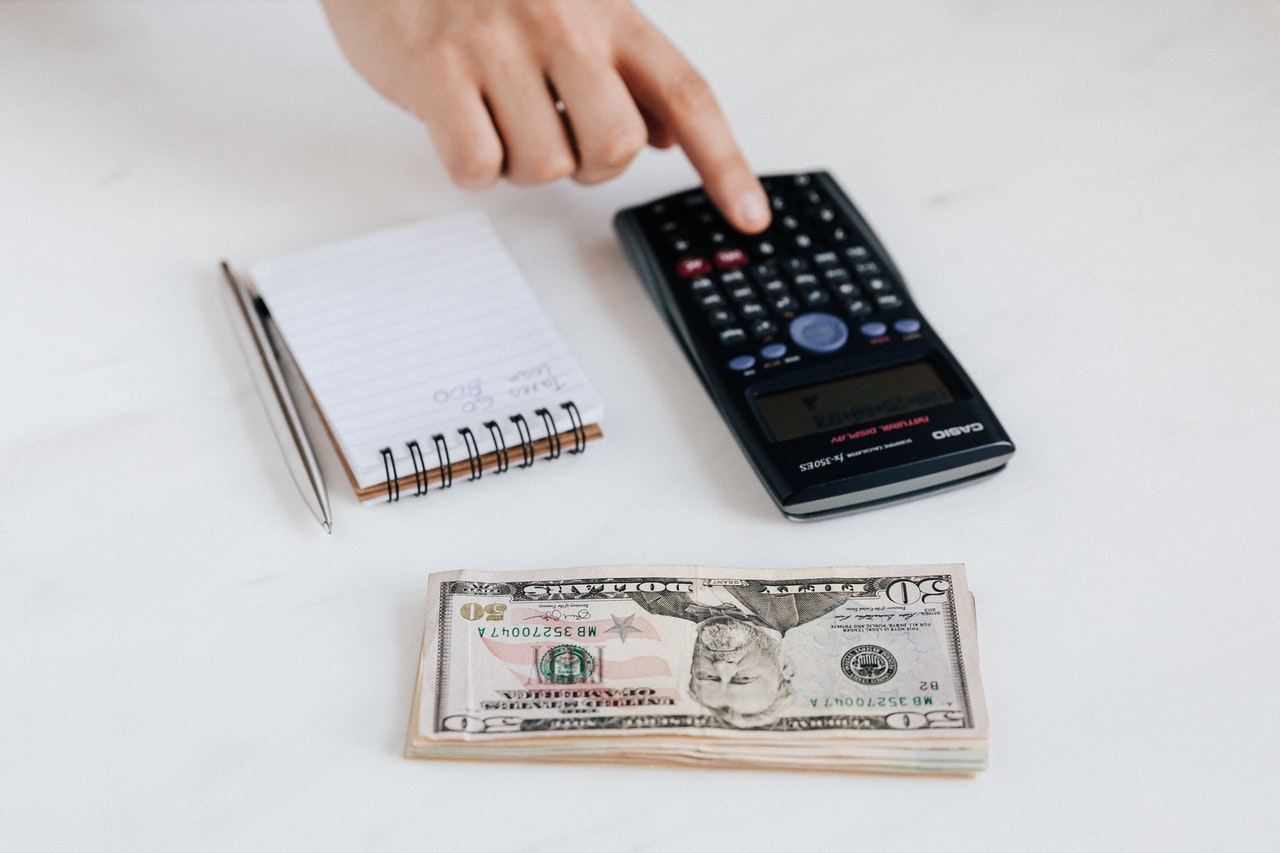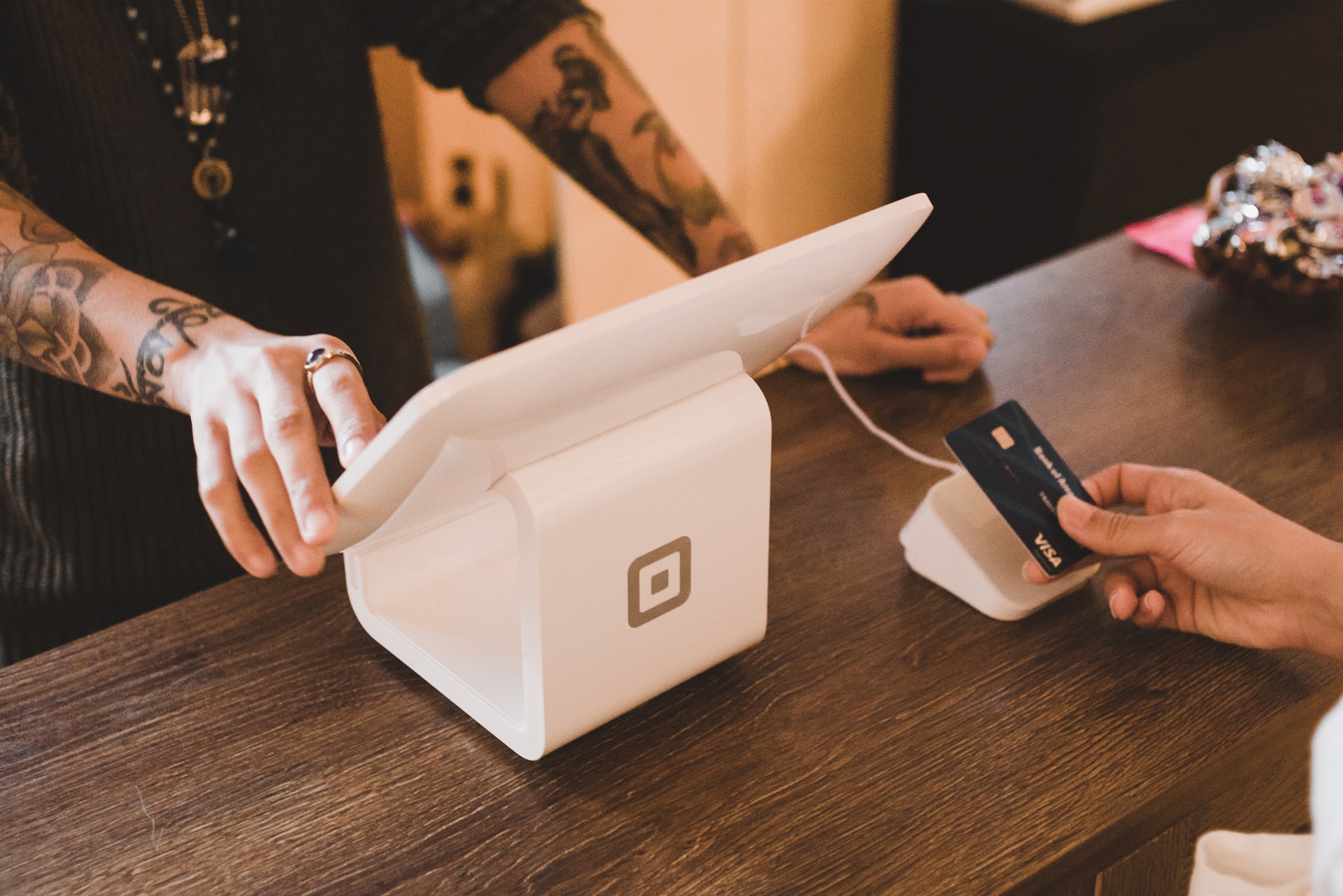Reading Time: < 1 minutes
- There was a time when US Dollar was pegged to gold i.e. US government could only print money based on how much gold it had in its reserves.
- And gold had a fixed rate of $20.67 per ounce.
- Let us say US had 100 ounces, so it could print only $2067??US could actually print 250% of the gold but for the ease of understanding we have taken 100%; so basically it could earlier print $20.67 X 250 (and not $20.67 X 100). unless it increased the amount of gold.
- And because gold was difficult to get, the supply of money grew slowly and people didn’t have much to spend.
- Low spending meant low demand for products, so businesses had to compromise on prices and, therefore, profits.
- Lower profits meant employees had to be fired or there was no new hiring.
- As unemployment increased, people spent even less and a bad cycle started, which led to the Great Depression?There were also reasons other than the ones cited. in 1929.
- To boost the economy, US needed more money, which it could get only if it had more gold.
- So, US government in 1933 made personal possession of gold (coins, bullions and gold certificates) illegal and people had to exchange their gold with government for $20.67 an ounce.
- Let us say that US now had 200 ounces of gold; so it could print $20.67 X 200 = $4134.
- Also, US increased the price of gold to $35; it could print $35 X 200 = $7000.
- This sudden increase in money helped US come out of depression*.
- While this saved the US economy, the event impacted the trust people had in the governments’ management of economies.
- Imagine you having 2 ounces of gold and the government takes it and pays you $41.34 ($20.67 X 2). You are ok as you can buy it back when the prohibition ends.
- But then 1 ounce of gold becomes equal to $35; with your $41.34 you can buy only one ounce.
- The gold-ownership prohibition was lifted in 1974.
Reference shelf :


